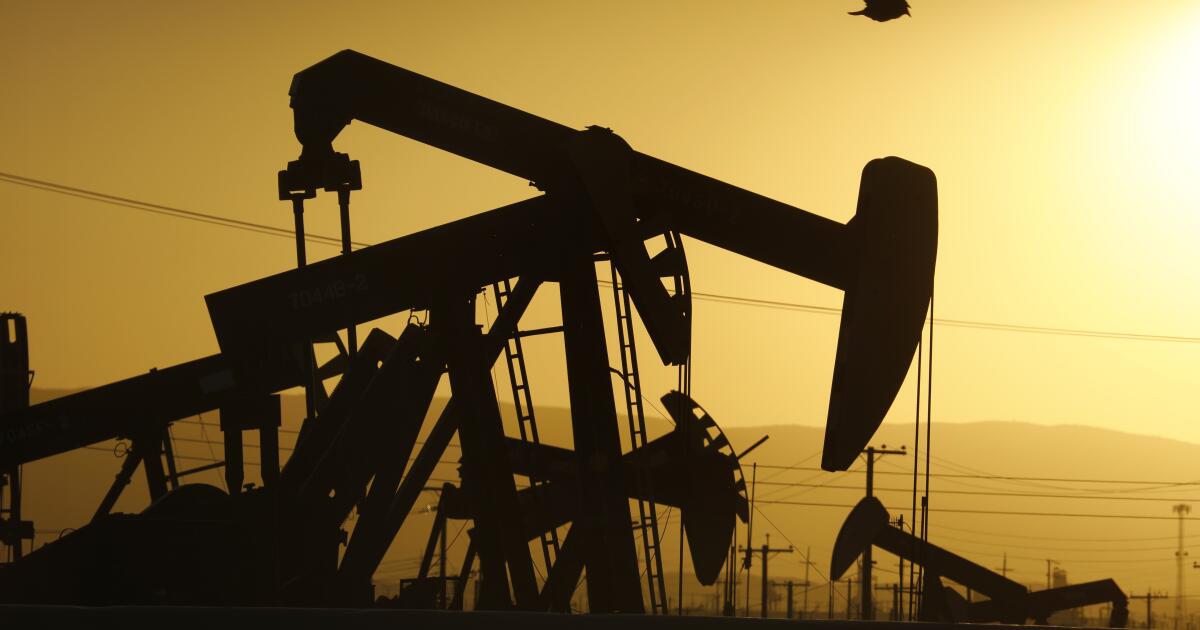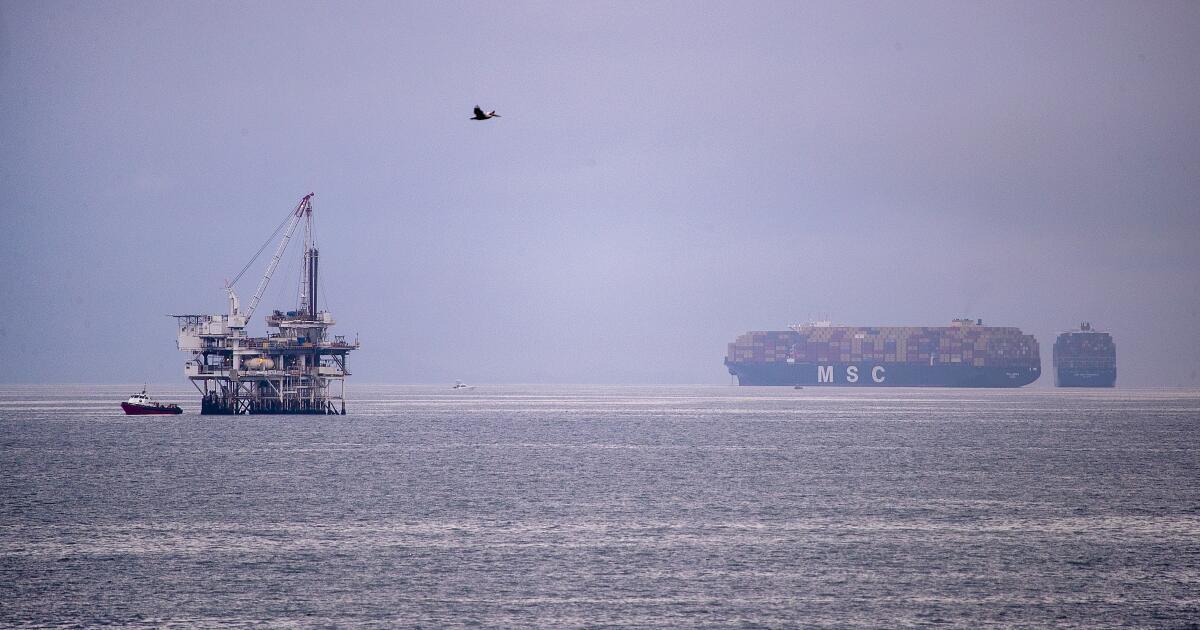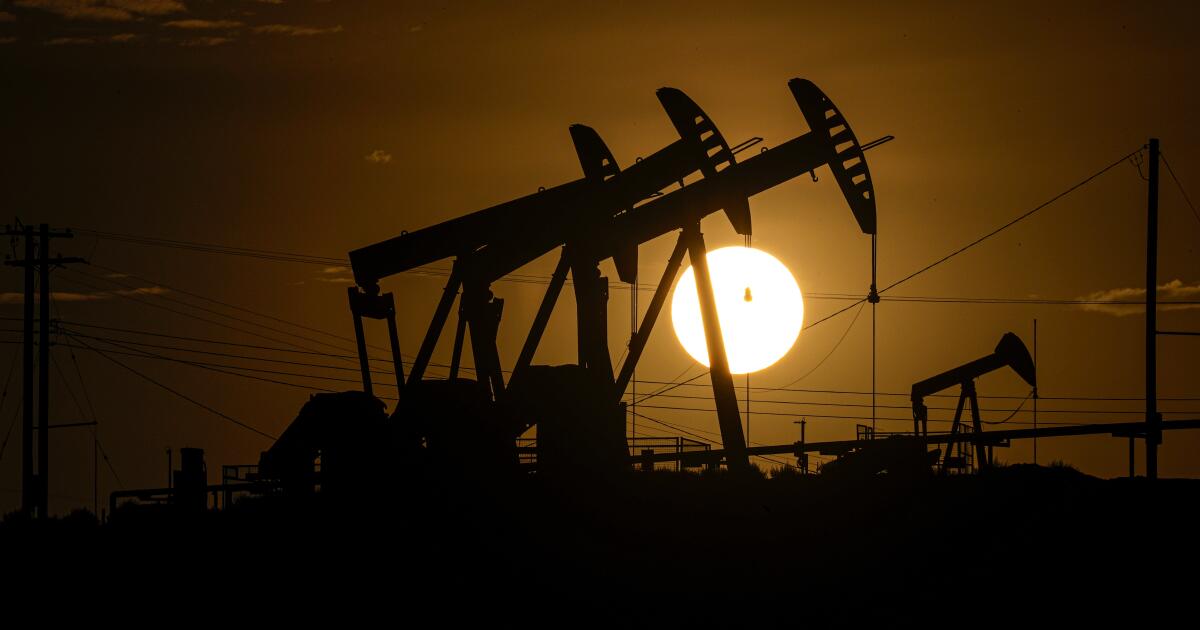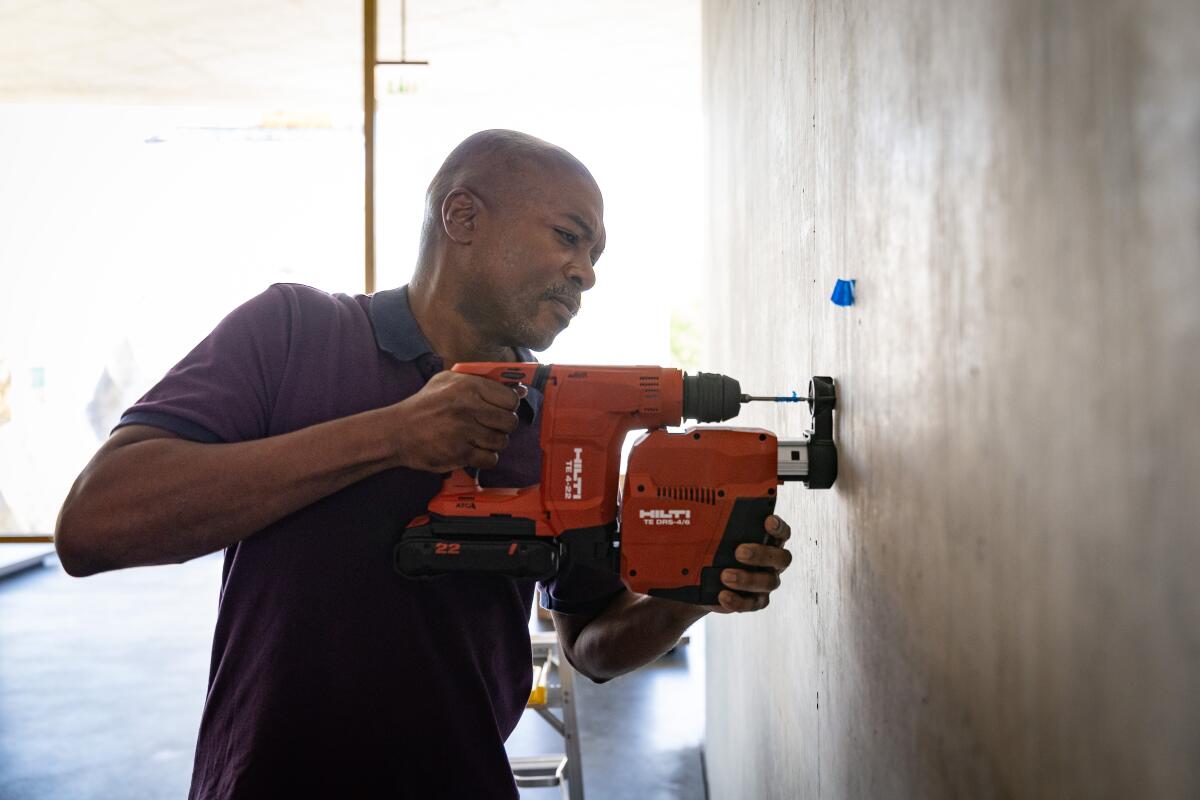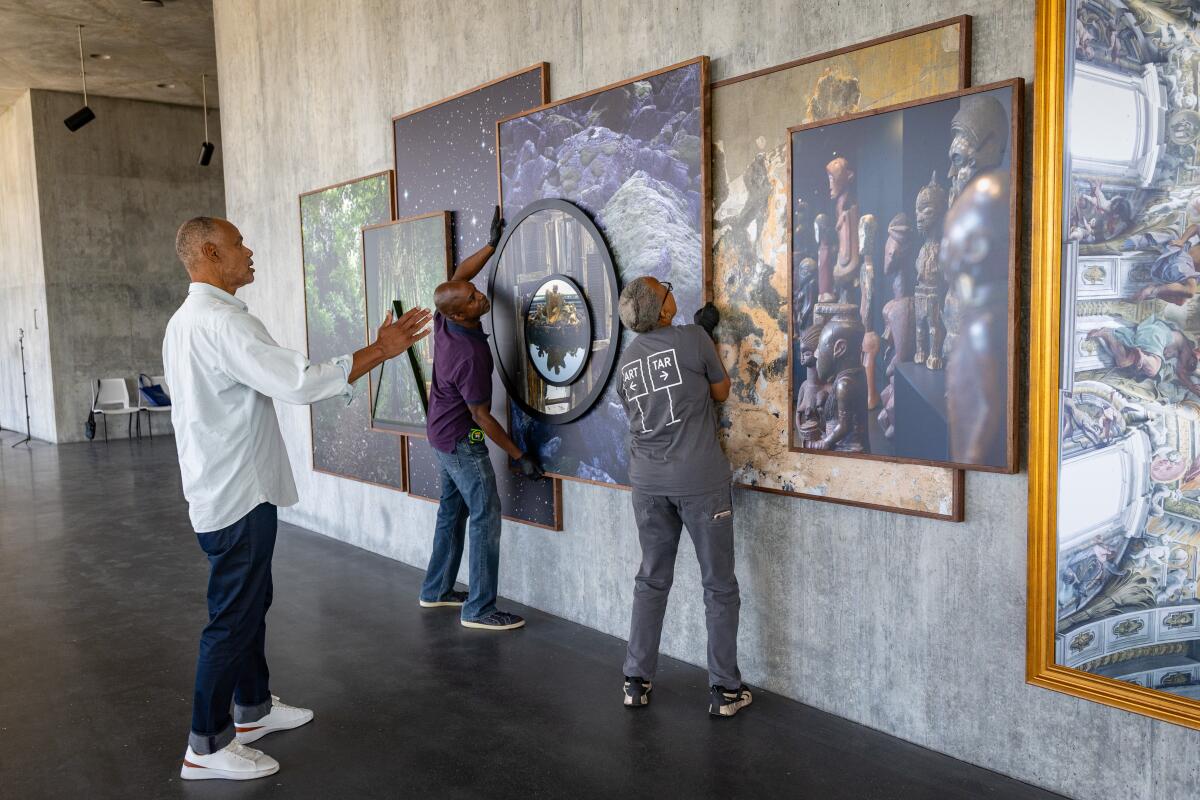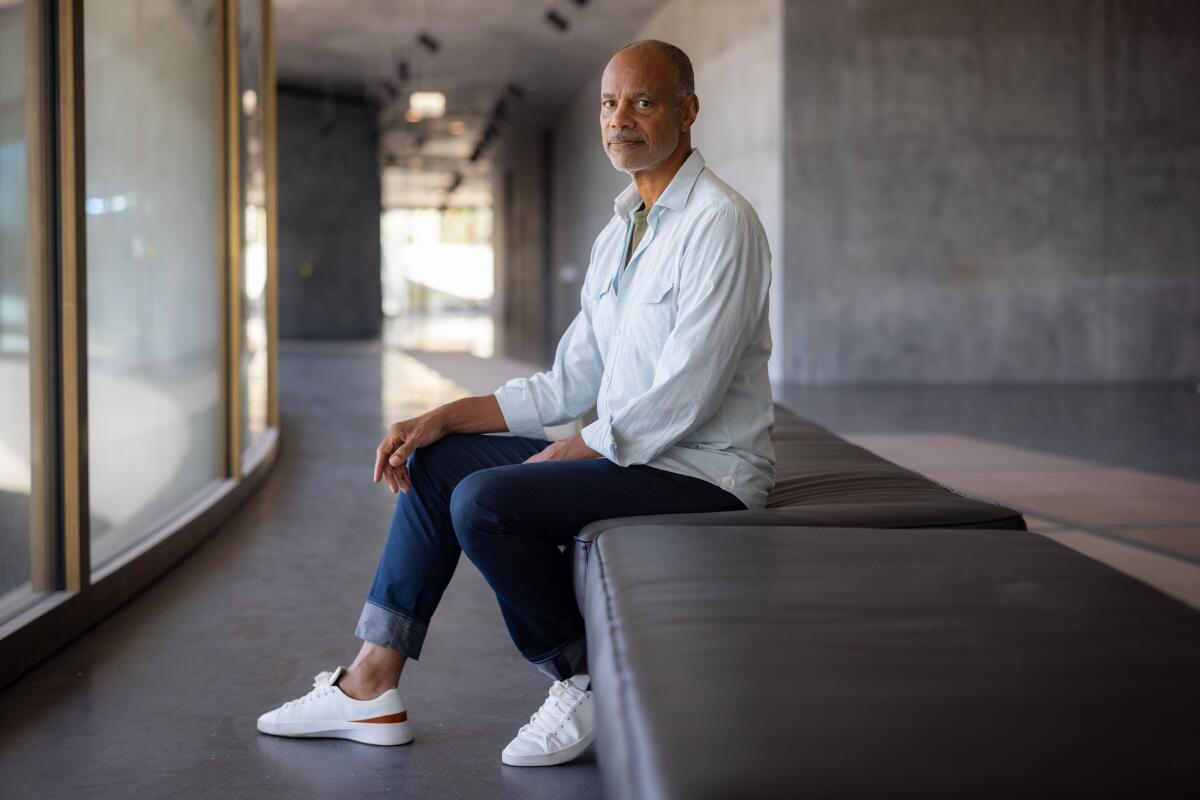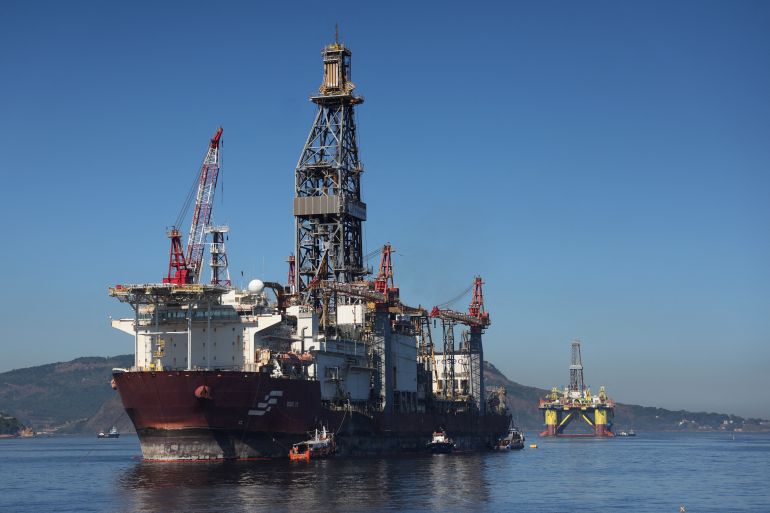Gutsy move to increase housing and oil drilling. But not high-speed rail
SACRAMENTO — Some witty person long ago gave us this immortal line: “No man’s life, liberty or property are safe while the legislature is in session.”
Humorist Will Rogers usually is credited — wrongly. Mark Twain, too, falsely.
The real author was Gideon J. Tucker, a former newspaper editor who founded the New York Daily News. He later became a state legislator and judge, and he crafted the comment in an 1866 court opinion.
Anyway, Californians are safe from further legislative harm for now. State lawmakers have gone home for the year after passing 917 bills. Gov. Gavin Newsom signed 794 (87%) and vetoed 123 (13%).
I’m not aware of any person’s life being jeopardized. Well, maybe after the lawmakers and governor cut back Medi-Cal healthcare for undocumented immigrants to save money.
One could argue — and many interests did — that what the Legislature did to increase housing availability made some existing residential neighborhoods less safe from congestion and possible declining property values.
But kudos to the lawmakers and governor for enacting major housing legislation that should have been passed years ago.
Public pressure generated by unaffordable costs — both for homebuyers and renters — spurred the politicians into significant action to remove regulatory barriers and encourage much more development. The goal is to close the gap between short supply and high demand.
But legislative passage was achieved over stiff opposition from some cities — especially Los Angeles — that objected to loss of local control.
“It’s a touchy issue that affects zoning and is always going to be controversial,” says state Sen. Scott Wiener (D-San Francisco), who finessed through a bill that will allow construction of residential high-rises up to nine stories near transit hubs such as light-rail and bus stations. The measure overrides local zoning ordinances.
Wiener had been trying unsuccessfully for eight years to get similar legislation passed. Finally, a fire was lit under legislators by their constituents.
“The public understands we’ve screwed ourselves by making it so hard to build homes,” Wiener says.
But to win support, he had to accept tons of exceptions. For example, the bill will affect only counties with at least 15 passenger rail stations. There are eight: Los Angeles, Orange, San Diego, San Francisco, San Mateo, Santa Clara, Alameda and Sacramento.
“Over time it will have a big effect, but it’s going to be gradual,” Wiener says.
Dan Dunmoyer, who heads the California Building Industry Assn., calls it “a positive step in the right direction.”
Yes, and that direction is up rather than sideways. California could accommodate a cherished ranch-house lifestyle when the population was only a third or half the nearly 40 million people it is today. But sprawling horizontally has become impossibly pricey for too many and also resulted in long smog-spewing commutes and risky encroachment into wildfire country.
Dozens of housing bills were passed and signed this year, ranging from minutia to major.
The Legislature continued to peck away at the much-abused California Environmental Quality Act (CEQA). Opponents of projects have used the act to block construction for reasons other than environmental protection. Local NIMBYs — ”Not in my backyard” — have resisted neighborhood growth. Businesses have tried to avoid competition. Unions have practiced “greenmail” by threatening lawsuits unless developers signed labor agreements.
Another Wiener bill narrowed CEQA requirements for commercial housing construction. It also exempted from CEQA a bunch of nonresidental projects, including health clinics, manufacturing facilities and child-care centers.
A bill by Assemblymember Buffy Wicks (D-Oakland) exempted most urban infill housing projects from CEQA.
You can’t argue that the Legislature wasn’t productive this year. But you can spar over whether some of the production was a mistake. Some bills were both good and bad. That’s the nature of compromise in a functioning democracy.
One example: The state’s complex cap-and-trade program was extended beyond 2030 to 2045. That’s probably a good thing. It’s funded by businesses buying permits to emit greenhouse gases and pays for lots of clean energy projects.
But a questionable major piece of that legislation — demanded by Newsom — was a 20-year, $1-billion annual commitment of cap-and-trade money for California’s disappointing bullet train project.
The project was sold to voters in 2008 as a high-speed rail line connecting Los Angeles and San Francisco. It’s $100 billion over budget and far behind its promised 2020 completion. No tracks have even been laid. The new infusion of cap-and-trade money will merely pay for the initial 171-mile section between Merced and Bakersfield, which the state vows to open by 2033. Hot darn!
Newsom muscled through the bill at the last moment. The Legislature should have taken more time to study the project’s future.
One gutsy thing Democratic legislators and the governor did — given that “oil,” among the left, has become the new hated pejorative sidekick of “tobacco” — was to permit production of 2,000 more wells annually in oil-rich Kern County.
It was part of a compromise: Drilling in federal offshore waters was made more difficult by tightening pipeline regulations.
Credit the persistent Sen. Shannon Grove, a conservative Republican from Bakersfield who is adept at working across the aisle.
“Kern County knows how to produce energy,” she told colleagues during the Senate floor debate, citing not only oil but wind, solar and battery storage. “We are the experts. We are not the enemy.”
But what mostly motivated Newsom and legislators was the threat of even higher gas prices as two large California oil refineries prepare to shut down. Most Democrats agreed that the politically smart move was to allow more oil production, even as the state attempts to transcend entirely to clean energy.
Let’s not forget the most important bill the Legislature annually passes: the state budget. This year’s totaled $325 billion and allegedly covered a $15-billion deficit through borrowing, a few cuts and numerous gimmicks.
Nonpartisan Legislative Analyst Gabriel Petek last week projected deficit spending of up to $25 billion annually for the next three years.
In California, no state bank account is safe when the Legislature is in session.
What else you should be reading
The must-read: Sen. Scott Wiener to run for congressional seat held by Rep. Nancy Pelosi
California vs. Trump: Federal troops in San Francisco? Locals, leaders scoff at Trump’s plan
The L.A. Times Special: One of O.C.’s loudest pro-immigrant politicians is one of the unlikeliest
Until next week,
George Skelton
—
Was this newsletter forwarded to you? Sign up here to get it in your inbox.
